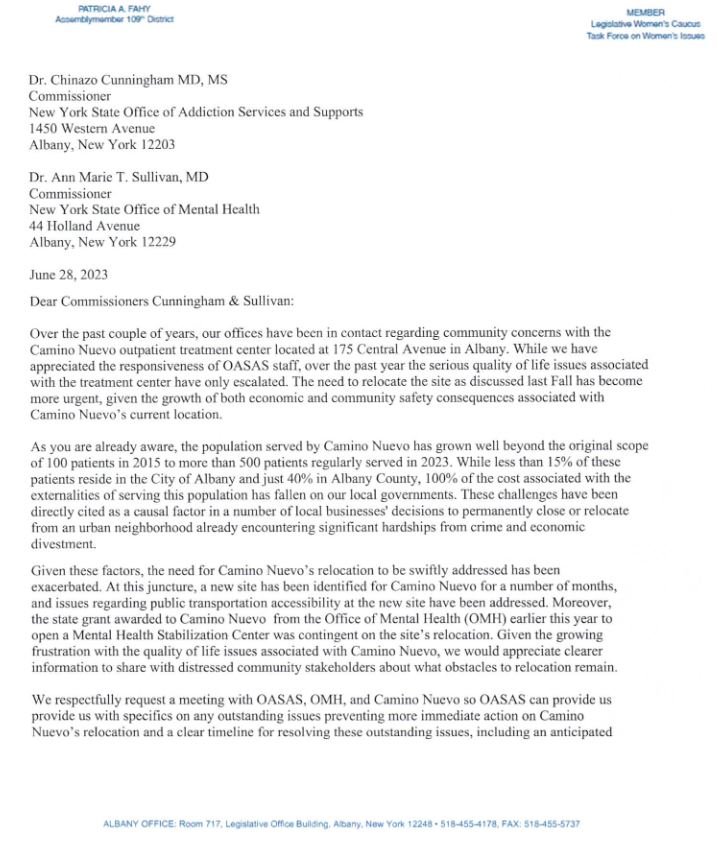At the public hearing on local zoning on Monday, August 7, 2023, a diverse array of opinions and passions emerged. It was notable those advocating for Fusion Recovery and other opioid treatment program (OTP) facilities were not actually from our community. They predominantly represented the drug rehabilitation industry, with many appearing to have direct or indirect ties to Fusion Recovery.
Let me be clear: There’s a unanimous acknowledgment of the opioid problem our country faces. Our community is no stranger to the challenges addiction poses, and we unequivocally support efforts to assist those grappling with opioid addiction. We respect and appreciate the immense value that Opioid Treatment Programs (OTPs) bring to the table. However, the crux of our concern isn’t about the existence of OTPs, but rather their placement and the manner in which the Fusion project has been presented.
When it comes to community development, placement matters. Proper siting of essential facilities like OTPs is a fine balance that should consider several factors: local needs, infrastructure, community dynamics, and existing facilities. In this context, the proximity of two other OTPs within a mere five-mile radius of Fusion’s proposed location stands out. It begs the question: Is this the most effective and strategic placement?
Furthermore, the community’s voice is paramount in these decisions. The essence of community planning is rooted in understanding the unique needs, aspirations, and concerns of its residents. The voice of Menands residents must be heard, and their insights weighed against potential external influences.
As a testament to the impact of poor siting, consider the situation of the Camino Nuevo outpatient treatment center located in Albany. This facility saw a sharp increase in patients – from 100 in 2015 to over 500 in 2023. A recent letter, penned by Assembly members Patricia Fahy, John McDonald III, Senator Neil Breslin, Albany Mayor Kathy Sheehan, and Albany County Executive Daniel McCoy, articulates the challenges that arise from improper siting. Notably, less than 15% of Camino Nuevo’s patients were local to the City of Albany, yet the community bore the full burden of the associated costs. [See the full letter here]
These challenges aren’t unique to Albany. Communities across the country grapple with similar problems when facilities are not strategically sited. While we champion the cause of addressing opioid addiction, we must also advocate for thoughtful community planning.
Our argument isn’t against OTPs or the commendable work they undertake. It’s against the opaque manner in which Fusion Recovery’s proposal was brought forward and the seeming bypass of crucial community discussions.
Our hope is for a transparent, inclusive, and constructive dialogue that factors in the long-term wellbeing of our community. We need to focus not just on addressing the opioid crisis but on doing so in a way that ensures the holistic health of Menands and its residents.


